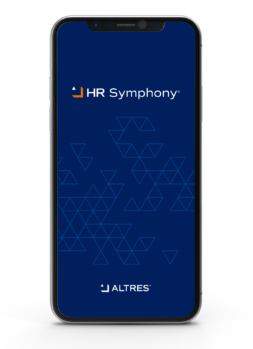Run your business with simplicity.



HR Symphony
Transform the way you do business by bringing together all your HR functions into our simple solution.
“What I love about simplicityHR is the people. Everyone that I’ve had to talk to has always been friendly and helpful. They’re always willing to go above and beyond. And I think the people make the business.”
– Dawn Mezurashi
Olelo Community Media
For over 50 years
We’re not your typical Professional Employer Organization (PEO). We’ve been a leader and innovator in the outsourced payroll and HR industry for over 50 years. Learn about our Difference.

An Industry Leader
We’ve been a leader and innovator in human resources administration for over 50 years, as well as Hawaii’s most experienced and trusted PEO. Plus, we’re a pioneer in the local and national HR outsourcing industry and remain its leader.

Unrivaled Expertise
Our team features 200 seasoned HR professionals–not to mention our President and CEO, Barron Guss, has been a pioneer in the industry, both locally and nationally. Additionally, we’ve been named “#1 PEO in America” by the national publication, ProEmp Journal.

World-Class Technology
HR Symphony® is designed for the everyday user and developed to best other local and national HR information systems. A comprehensive, easy-to-use HRIS, it gives you 24/7 integrated access to employee information, benefits data, payroll reports, and HR documentation.

Locally Owned
Founded in Honolulu in 1969, we are the only 2nd generation, family-owned HR outsourcing company in the state, and we are very proud of this fact, because we are here with you; local people providing local support with local values.





